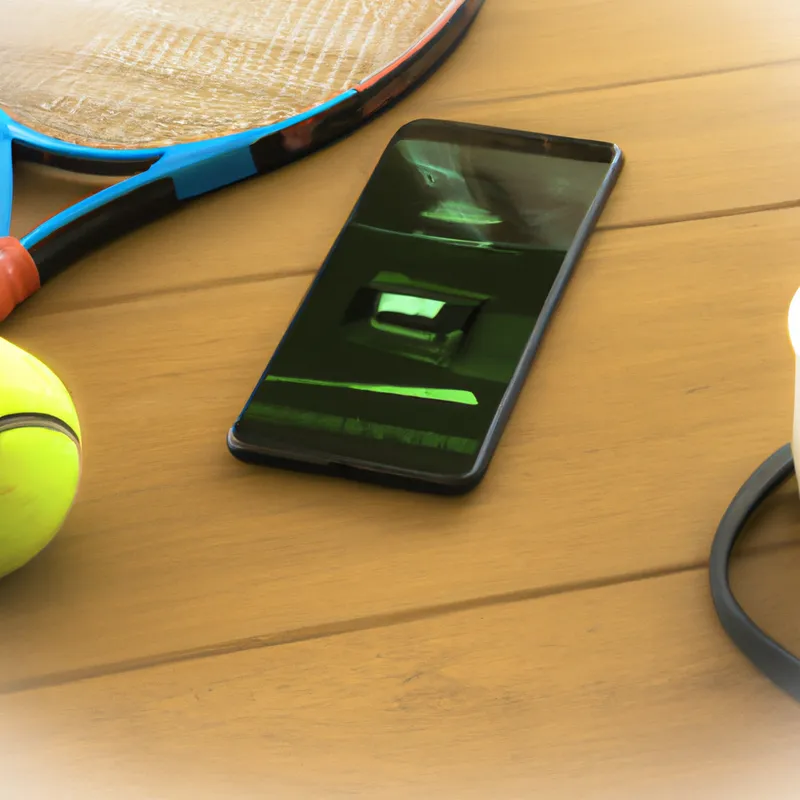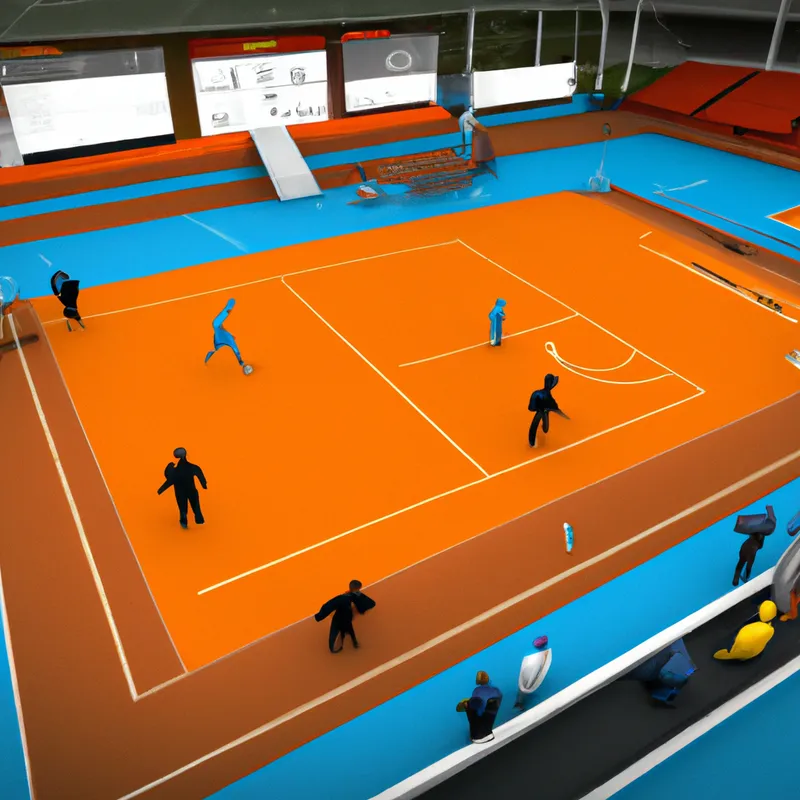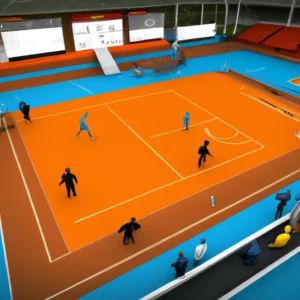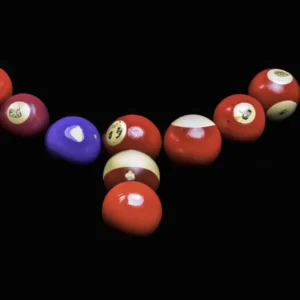Maximize Training Efficiency Through Smart Devices
The Impact of Technology on Tennis Training: Wearable Devices and Apps
Technology revolutionizes athlete training, including tennis players. Wearable devices and apps enhance performance in unprecedented ways. These tools provide insights into player performance, fitness, and mental well-being. This blog post explores technology’s impact on tennis training and offers tips.
Understanding Wearable Devices
Athletes wear wearable devices during practice or matches. These gadgets track heart rate, movement, and stroke analysis. Many players use smartwatches or fitness bands to monitor health and performance. These devices provide real-time feedback to help players adjust training.
Key Features of Wearable Devices
Wearable devices feature GPS tracking and heart rate monitoring. GPS tracking helps players analyze their court movement. This data identifies areas for improvement like footwork and court coverage. For example, a player may realize they spend too much time in one court area, prompting them to improve lateral movement.
Heart rate monitoring informs players about fitness levels and recovery times. Understanding heart rate zones optimizes training intensity. Players can identify whether they work in aerobic or anaerobic zones, allowing them to adjust training sessions for maximum benefit.
Stroke analysis captures shot speed and spin. This information helps coaches and players refine techniques. Focusing on specific skills enhances overall game performance. If a player struggles with backhand strokes, they can dedicate more time to drills improving that shot.
Maximizing the Use of Apps
Various apps complement tennis training alongside wearables. Many connect with wearables to provide a comprehensive performance overview. They help players track progress over time, making it easier to set and achieve goals.
Choosing the Right App
When selecting an app, consider training needs. Some apps focus on fitness tracking, while others specialize in technique analysis. Look for apps offering personalized training plans. These plans adapt based on progress, ensuring challenging workouts. An app might suggest specific drills based on recent performance metrics, targeting areas needing improvement.
Many apps also include community features. Players can connect with others, share tips, and compete in challenges. This social aspect motivates players to stay committed. Engaging with a community introduces players to new drills and strategies.
Integrating Video Analysis
Advanced apps offer video analysis features, allowing players to record and review sessions. Players can compare strokes to professional athletes or analyze gameplay. This visual feedback fosters a deeper understanding of strengths and weaknesses.
Conclusion
Technology significantly enhances tennis training through wearable devices and apps. These tools provide valuable insights, helping players improve performance and reach their goals.
Below are related products based on this post:
FAQ
How do wearable devices benefit tennis players during training?
Wearable devices benefit tennis players by tracking key metrics such as heart rate, movement, and stroke analysis. This real-time feedback helps players identify areas for improvement, optimize their training intensity, and refine their techniques, ultimately enhancing their overall performance on the court.
What features should I look for in a tennis training app?
When selecting a tennis training app, consider features such as personalized training plans, fitness tracking, and technique analysis. Look for apps that connect with wearable devices for a comprehensive performance overview and offer community features to engage with other players for motivation and sharing tips.
Can video analysis really improve my tennis skills?
Yes, video analysis can significantly improve tennis skills. Advanced apps allow players to record their sessions and analyze their strokes in comparison to professional athletes. This visual feedback helps players understand their strengths and weaknesses, enabling them to focus on specific areas for improvement.















Post Comment